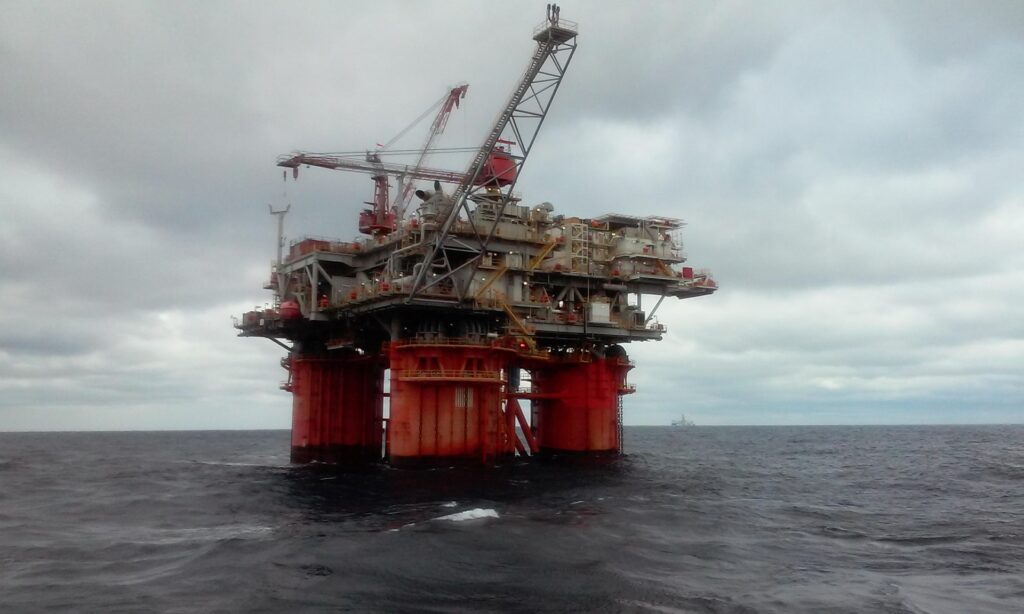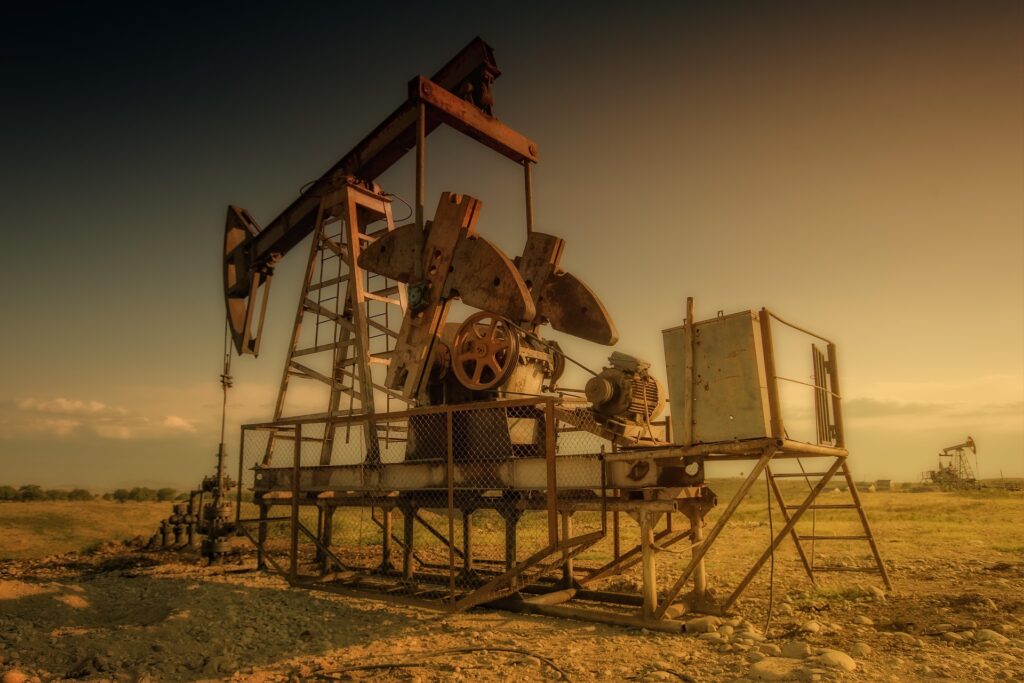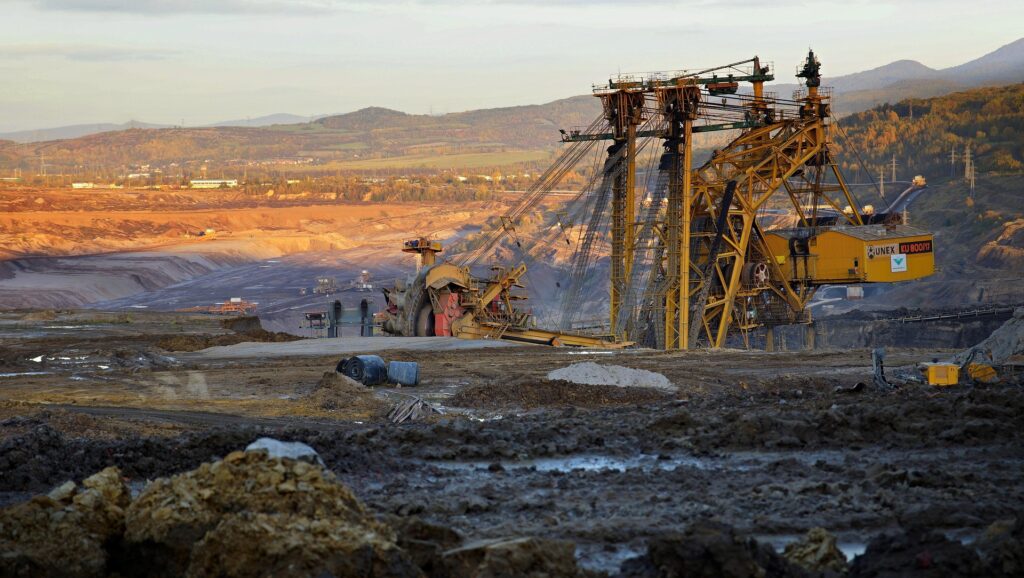Known as “black gold,” petroleum is a naturally occurring liquid that is found beneath the surface of the Earth. As the main source of fuel and raw materials for innumerable industries, it is essential to modern life. However, what is petroleum exactly? How does it form? What are its types and applications? We’ll address these queries and more in this blog post as we examine the significance of this essential resource.
What is Called Petroleum?
Hydrocarbons, which are compounds composed of carbon and hydrogen, make up the majority of petroleum, a fossil fuel. Drilling is used to extract it from its liquid underground form. The Latin roots petra (rock) and oleum (oil) are the origin of the word “petroleum,” which means “rock oil.” Since it is a non-renewable resource, it takes millions of years to form and cannot be swiftly restored.

Petroleum Chemical Formula
Petroleum is a complex mixture of different hydrocarbons, so it lacks a single chemical formula. Nonetheless, alkanes, which are represented by the general chemical formula CnH2n+2, make up the majority of its constituents. For instance, two common hydrocarbons found in petroleum are octane (C8H18) and methane (CH4). The location and circumstances of its formation affect its precise composition.
How is Petroleum Formed?
Looking back millions of years is necessary to comprehend the formation of petroleum. The remains of extinct marine life, such as plankton and algae, are the source of petroleum. Following their demise, these organisms merged with sand and mud at the ocean and sea’s bottom. The organic material was exposed to high temperatures and pressures deep within the Earth as sediment layers accumulated over time.
The organic material was converted into natural gas and crude oil through a process known as diagenesis and catagenesis. Petroleum is regarded as a non-renewable resource because the entire process can take millions of years.
Where is Petroleum Found?
Subterranean reservoirs beneath the surface of the Earth contain petroleum. These reservoirs may be found offshore, beneath the ocean floor, or onshore. The following are the main areas that produce petroleum:
- Middle East (Iraq, Saudi Arabia, Iran)
- North America (Canada, the United States)
- Russia
- Venezuela
- Nigeria
To find these reservoirs, oil exploration firms employ sophisticated seismic and geological surveys. Drilling is done to extract the crude oil after a possible location has been found.
Types of Petroleum
Petroleum comes in a variety of forms according to its composition, density, and place of origin. Among the most popular categories are:
- Light crude oil is ideal for refining into gasoline because it has a low density and flows easily.
- Denser and thicker, heavy crude oil needs more processing.
- Sweet crude oil is easier and less expensive to refine because it contains less sulfur.
- Higher sulfur content makes sour crude oil more challenging to refine.
- Natural Gas: Although they are technically distinct, natural gas frequently coexists with crude oil in subterranean reservoirs.
Knowing the different types of petroleum makes it easier to decide how it will be refined and what kinds of petroleum products can be produced.
Petroleum Products
After being extracted, crude oil is refined to create a variety of petroleum products. These consist of:
- Vehicles are powered by gasoline, also known as petroleum.
- Diesel is the fuel used in some cars, trucks, and buses.
- Aircraft engines are powered by jet fuel.
- Jet engines and heaters both use kerosene.
- Engines and machinery use lubricants.
- Road construction uses asphalt.
Petrochemicals: Used in the production of synthetic fibers, plastics, fertilizers, and other products.
From manufacturing and agriculture to transportation and heating, these products are essential to modern life.
Petroleum Uses
Petroleum has a wide range of applications that affect almost every facet of daily life. Here are a few of the main applications:
- Transportation: Cars, trucks, airplanes, and ships all require fuels like gasoline, diesel, and jet fuel.
- Electricity Generation: Power plants in some areas use petroleum to produce electricity.
- Heating: Homes and buildings are heated using kerosene and heating oil.
- Petroleum is used in industry as a base material for fertilizers, chemicals, plastics, and synthetic rubber.
- Pharmaceuticals: Petrochemicals from petroleum are used to make a lot of medications.
What Does Petroleum Do?
Petroleum serves as a raw material and a source of energy. It powers homes, fuels engines, and makes it possible to produce thousands of necessary goods. Modern transportation, industry, and even agriculture would be severely hampered in the absence of petroleum.
What is Petrol vs Petroleum?
The terms petrol and petroleum are often confused but refer to different things:
- Petroleum is the raw, unprocessed crude oil extracted from the Earth.
- Petrol (known as gasoline in the U.S.) is a refined petroleum product used primarily as fuel for internal combustion engines.
In short, petrol is one of many products made from refining petroleum.
Is Petroleum a Mineral?
The question, “Is petroleum a mineral?” is frequently asked. In a technical sense, the answer is no. Petroleum is an organic substance rather than a crystalline solid, even though it is extracted from the earth like minerals. Minerals are inorganic materials that occur naturally and have a specific chemical makeup and structure. In contrast, petroleum is a liquid hydrocarbon that comes from extinct organisms. Nonetheless, petroleum is occasionally categorized as a “mineral resource” for legal and business purposes.
The Role of Natural Gas
Another essential fossil fuel that is frequently found with petroleum is natural gas. Natural gas, which is mostly made up of methane (CH4), burns cleaner than coal and oil and is utilized for:
- Water and house heating
- Preparing food
- Production of power
- Industrial operations
- as a raw material for making fertilizers and chemicals
Natural gas is viewed as a “bridge fuel” that can aid in lowering carbon emissions as the globe moves toward cleaner energy.
One of the planet’s most precious resources is petroleum. Its role in society is essential, ranging from manufacturing commonplace items to heating homes and powering automobiles. We can better appreciate the significance of this natural resource if we know what petroleum is, how it is formed, where it is found, and the different types and products of petroleum.
However, the globe is also looking into renewable alternatives as worries about climate change increase. Until then, natural gas and petroleum will remain important sources of energy for economies and for advancing technology.
Also Read:-




Pingback: Oil and natural gas prices Rally on Tensions Dollar Weakness